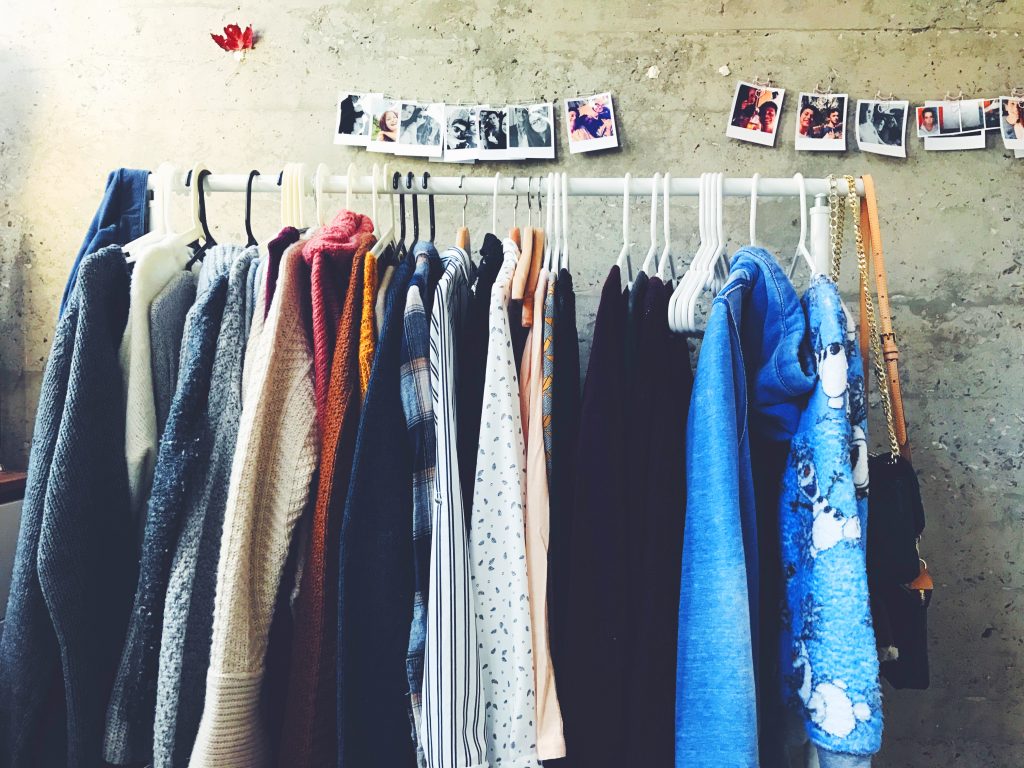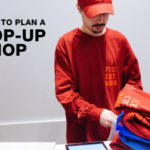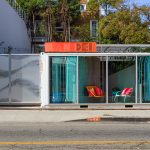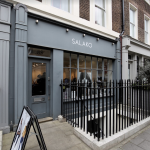What is a pop-up shop? Everything you need to know to try short-term retail > 23 Smart Pop-Up Shop Ideas to Steal From These Successful Brands > 9 Case Studies That Prove Experiential Retail Is The Future > Excess leftover holiday inventory? Open a Pop-Up Shop
Most businesses are familiar with the post-holiday retail slump – holiday returns have flooded in, and soon-to-expire inventory that didn’t sell during the holidays is sitting on the shelves. A pop-up shop could be the perfect next step for retail businesses to combat this and sell some leftover holiday inventory or returns.
Plus, post-holiday shopping is on the rise. Since 2012, the number of shoppers who plan to find leftover holiday inventory deals after December 25 has grown by 33%.
For many retailers, a post-holiday pop-up shop can be the key to ramping up the New Year and getting ahead in Q1.
Treat your pop-up shop as a returns center
More than 60% of consumers would hesitate to give you return business if the return process is a hassle. 70 percent of customers who return purchases in-store will purchase a different item during their visit — compared to less than half of customers who process returns online. That’s a huge sales opportunity to capture more seasonal sales with a pop-up shop, especially for online retailers who don’t have a physical space otherwise. Even retailers with one brick-and-mortar plus online sales channels can benefit from pop-ups in various locations.
Instead of focusing on the selling aspect of opening a pop-up shop, focus on serving the customers. Make the return process hassle-free, with unobstructed paths to the registers and enough staff to handle to the volume of returns. It’s a good idea to train sales staff to strategically cross-promote other related products at any time of year.
Sell your remaining merchandise
Whether it’s returned merchandise or products that didn’t sell during your holiday promotions, it’s not too late to push those products onto your customers.
Even if you can’t sell them for full price, a pop-up shop showcasing returned or unsold merchandise can help you cut your losses.
Plus, it’s another opportunity for online retailers especially to have in-person interactions with your customer base. This is increasingly important — around 30% of consumers want to experience brands with both online and offline presences.

Returned products

Even if the merchandise isn’t in perfect shape, you can still resell it at a significant discount. Outdoor gear brand REI has had huge success selling returned merchandise with their Garage Sale events. They abandon their normal no-questions-asked return policy for these significantly discounted items. The members-only events typically happen once or twice a year, and they draw hoards of loyal customers seeking serious deals.
You could turn your pop-up shop into an REI Garage Sale-inspired space and sell only returned merchandise at deep discounts. Advertise the deals to your existing customers, and use the event to drive interest in new ones. You could also add an element of exclusivity and invite your best customers — serious deals, invite-only.
Scarce products
The psychology of scarcity and consumer behavior has proven to spark a sense of urgency and drive interest in certain products. If you only have a few items left, let your customers know.
Pro tip: If you’re tech-savvy, you could broadcast inventory levels on your website, in your pop-up shop and via social media updates. This can help spread the word and show customers how quickly your products sell.
Product bundles
If you really want to move the product, consider bundling similar items together. Bundle fast-moving products with slow-moving ones, mix older and newer products together, combine multiple units of the same product, or create a selection of similar items. This gives consumers the perception of getting more for their money, and it helps you leverage the popularity of certain items to move others.
Retarget with cross-promotions
Retargeting existing customers with personalized offers. Personalization can increase revenue by as much as 15% and the efficiency of your marketing investments by 30%.
You already have your customers’ past purchase history and possibly some other data, so you can make smart recommendations for similar and complementary products. More than half of your shoppers are likely to consider your suggestions.
You can also promote your pop-up shop more generally. Take stock of which product categories you have the most excess inventory in, then target customers who purchase merchandise in those categories. You can even tease some of the products that you have available.
Focus on the New Year
Now that we’re into the New Year, consumer mindsets have shifted from a gift-giving mindset to self-love, where many are starting to shop for themselves.
Since the most common New Year’s resolutions are related to health and wellness, finances, relationships with loved ones and self-improvement, your products can help customers achieve their personal goals. Consider promoting your post-holiday pop-up shop with a self-improvement or self-love spin, demonstrating how they can empower customers in 2018 and beyond.
Why you should consider using a pop-up store to manage your leftover holiday inventory?
A pop-up store is a fun and easy way to manage your holiday excess inventory. You can set up a pop-up store in your home, office, or even at a local community center. Pop-up stores are a great way to sell holiday items, meet new customers, and generate extra income.
With the holiday season approaching, many retailers scramble to figure out how to manage their inventory best. While some opt for traditional brick-and-mortar stores, others are turning to pop-up shops to help them better manage their holiday inventory. Here are three reasons why you should consider using a pop-up store to manage your holiday inventory:
- Pop-up shops are a great way to manage inventory during sales periods of high customer demand.
- Pop-up shops can help you reach new customers and market your brand to a wider audience.
- Pop-up shops are a flexible and cost-effective way to do business.
A pop-up shop may be the perfect solution if you’re looking for a way to better manage your holiday inventory. With their flexibility and cost-effectiveness, pop-up shops can help you meet the demands of the holiday season while also reaching new customers and marketing your brand.
Tips for Managing Leftover Holiday Inventory
The holiday season is over, and it’s time to assess the damage. For many major retailers, this means looking at a lot of leftover holiday inventory. While it can be tempting just to mark everything down and get rid of it as quickly as possible, that’s not always the best strategy. Here are a few tips for managing your leftover holiday inventory:
- Take inventory of what you have. This will help you determine how much needs to be sold and what can be returned to vendors.
- Create a plan. Once you know what you have, you can develop a plan for selling it. This may include markdowns, promotions, and targeted marketing.
- Be patient. Selling off holiday inventory can take time, so don’t be discouraged if it doesn’t happen overnight.
With a little bit of planning and patience, you can get rid of your holiday inventory and make room for new merchandise. These tips will help you get started.
Conclusion
In conclusion, this isn’t just a good way to sell off leftover inventory. A pop-up shop also fosters brand loyalty and creates a community. By creating a secret, exclusive space that only your most enthusiastic fans can access, you can establish a connection with them that will pay dividends. By organizing a pop-up shop, you can create something fun and memorable and, at the same time, serves a functional purpose.
Set yourself up for retail success with the ultimate guide to opening a pop-up shop >
- How to Open a Successful Pop-Up Shop in London’s Fast-Fashion Neighborhoods - December 23, 2022
- The Benefits of Opening a Pop-Up Shop in NYC’s Fast-Fashion Neighborhoods - December 23, 2022
- Reaping the Benefits of Long-Term Pop Up Stores: Tips and Advice - December 23, 2022





